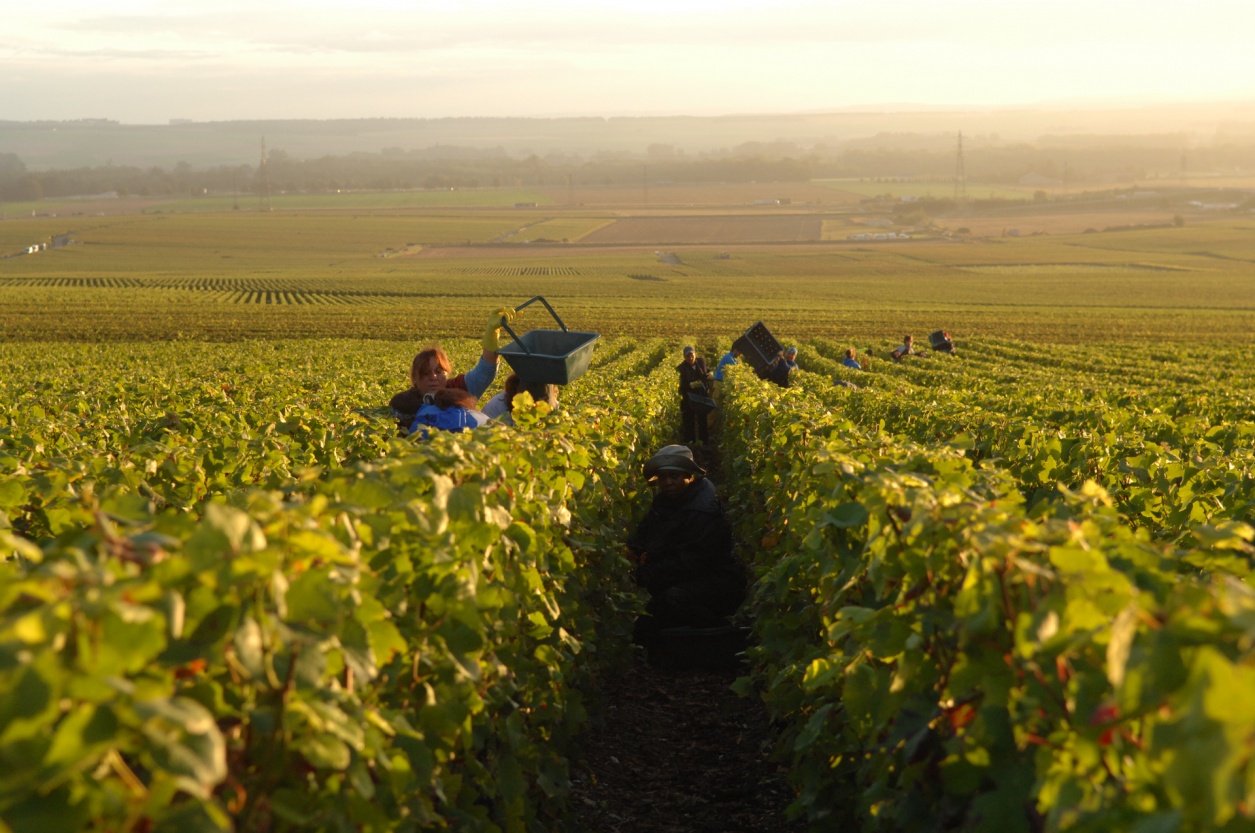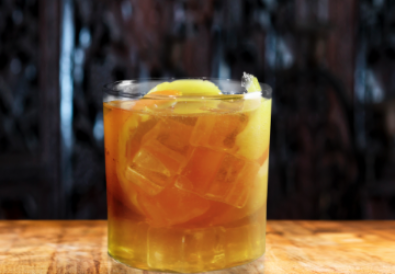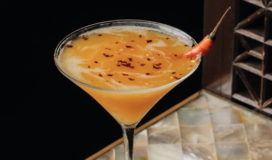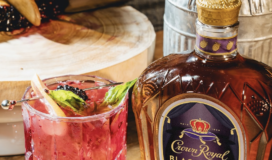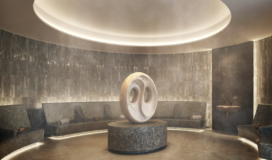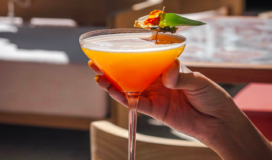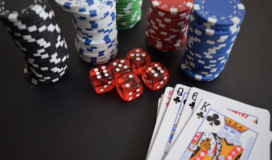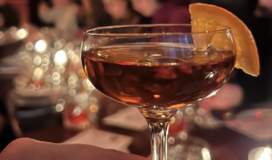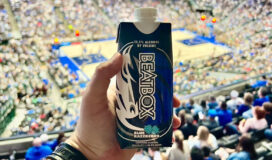Champagne Harvest has officially begun and Moët Hennessy, who owns more than 2,800 acres of vineyards in the Champagne region, is ready to celebrate this beautiful oenological journey from the vineyards to the glass.
Harvest marks the end of the vinicultural year, which started last November 1st. This period, which includes thousands of seasonal workers involved in the process, is when the vineyard grapes have reached their full aromatic potential and are harvested by hand to ensure the bunch remains whole and unaltered. Each Maison has its own unique style, which blends tradition with craftsmanship and innovation. Blending champagne is an art, for which Moët Hennessy employs some of the top talent in the industry and each step of the wine making process has been refined over generations of winemakers.
As for this year’s harvest, due to strong heat, late blooming and overall heatwaves, this year’s sugars were up twice their expected levels: an atypical evolution of the grape. This dynamic has stimulated the maturation process resulting in an early harvest in which first snips took place on September 5th, with intensification around September 9th. What does that mean for champagne produced in 2019? According to Vincent Chaperon, cellar master of Dom Perignon, this could lead to “a vintage with a moderate yield and very promising quality.” Big hopes for the 2019 vintage, however only the blending process and time will tell.
Cheers!
______________________________
Moët & Chandon: Moët & Chandon owns the largest and most diverse domain in Champagne. Its 1190 hectares (2,940 acres) create 800 base wines every year, hand-picked by around 3,500 grape pickers, each individual batch of juice is then analyzed, tasted and classified by cru, variety and quality. Moët & Chandon is the only House that cultivates its own selections of yeast and ensures consistency to Moet Imperial, 3 to 4 blends are made every year.
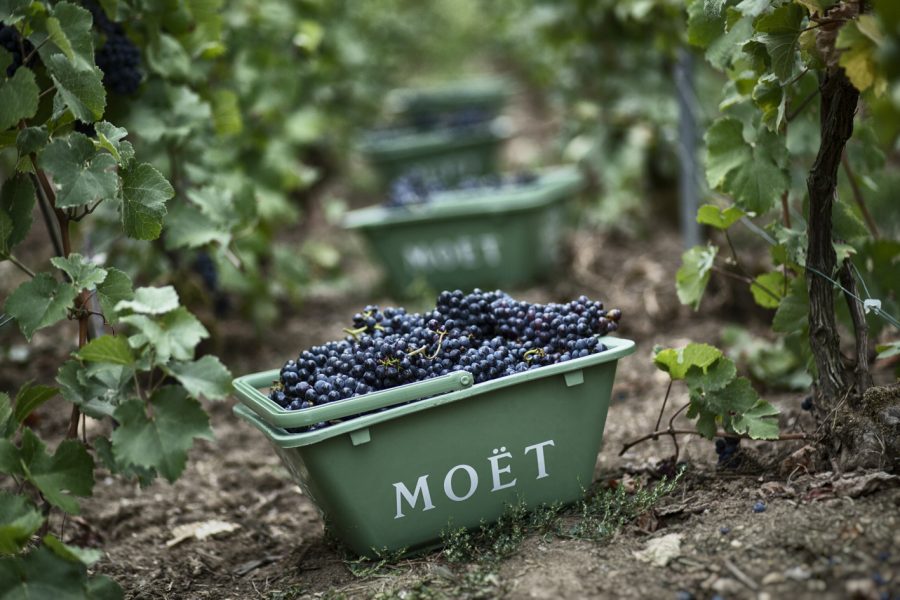
Ruinart: Chardonnay is at the heart of every Ruinart cuvée since the second half of the 20th century. Ruinart Blanc de Blancs is the iconic flagship of this range, with its unique bottle shape, revealing the light of chardonnay. The blend is 100% chardonnay from various years (20-25% of which are reserve wines from the 2 previous years). The careful blend creates a perfected chardonnay for those to enjoy with a light, fresh touch.
Krug: Joseph Krug, the founder of the House, first believed that a House of champagne should always adhere to a craftsmanship without compromise in order to consistently offer the best regardless of climate variations. The House of Krug chose to create Krug Clos du Mesnil 2004 because the year 2004 succeeded in offering ideal conditions for the maturation of beautiful grapes, with the promise of revealing the full potential of this walled plot. Krug Clos du Mesnil 2004 exalts the crisp purity of a single walled plot of vines in the village of Le Mesnil-sur-Oger, and of a single grape variety – Chardonnay – from a single year, 2004.
Veuve Clicquot: Since the acquisition of its first Pinot Noir Grand Cru plot, Clos Colin, Veuve Clicquot has become the second largest vineyard owner in Champagne. In 1818, Madame Clicquot invited the first-ever blended rosé, an innovative and widely used method today. Created in 1988 and launched in 1995, La Grande Dame Rosé is a wine that is both a tribute to Madame Clicquot and the reflection of the Veuve Clicquot terroir. In 2008, after a cool and rainy spring, the grapes ripened in excellent condition and created an exclusive blend by adding Pinot Noir, resulting in a bold, audacious and innovative flavor.
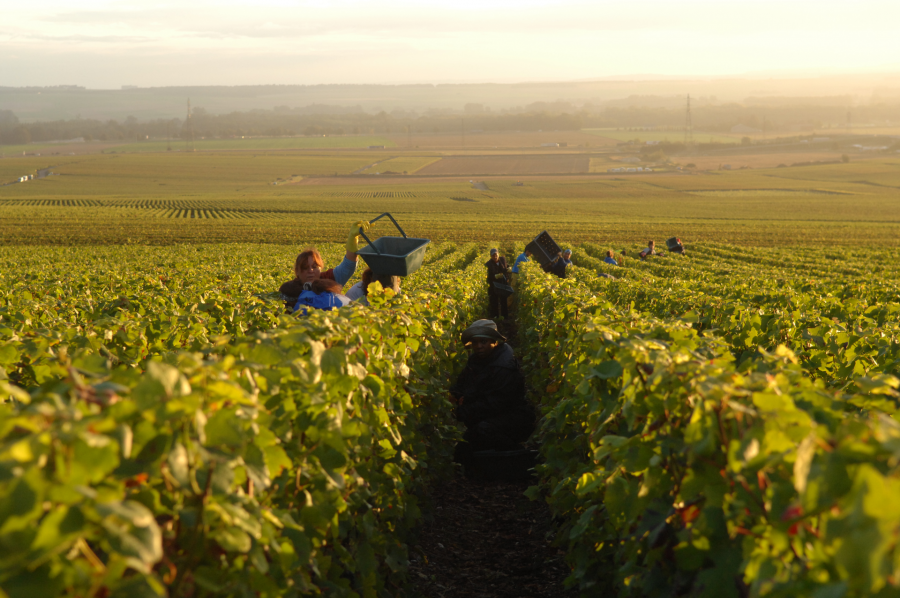
Dom Pérignon: Dom Pérignon is uniquely and exclusively available as a vintage. To create, only the best grapes are selected to represent the unique character of the seasons. Dom Perignon reinvents itself with each vintage, always taking risks. Each year, during Harvest, the Chef de Cave reinvents the House style with different grapes, creating a new vintage with the perfect balance between the expression of Dom Pérignon and the expression of the vintage itself. With near perfect growing conditions in 2002, the year stands as a remarkable moment for Champagne’s history.
Dom Perignon P2 2002 is the Second Plénitude (or stage of maturation) of Dom Pérignon vintage. After close to 15 years, the expansion of energy reaches its peak and Dom Pérignon rises to an apex of essential, radiant vitality in its state of Plénitude.
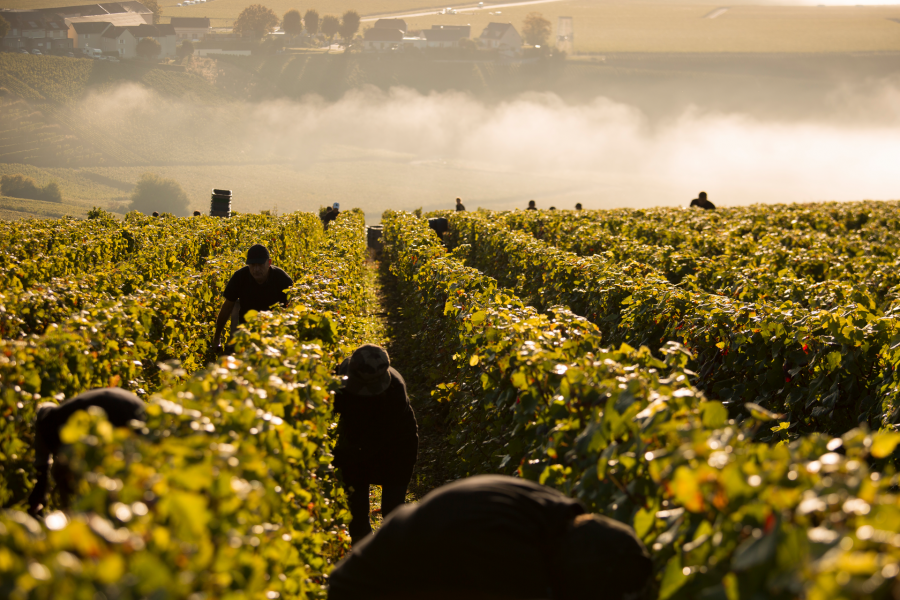
____________________________________

